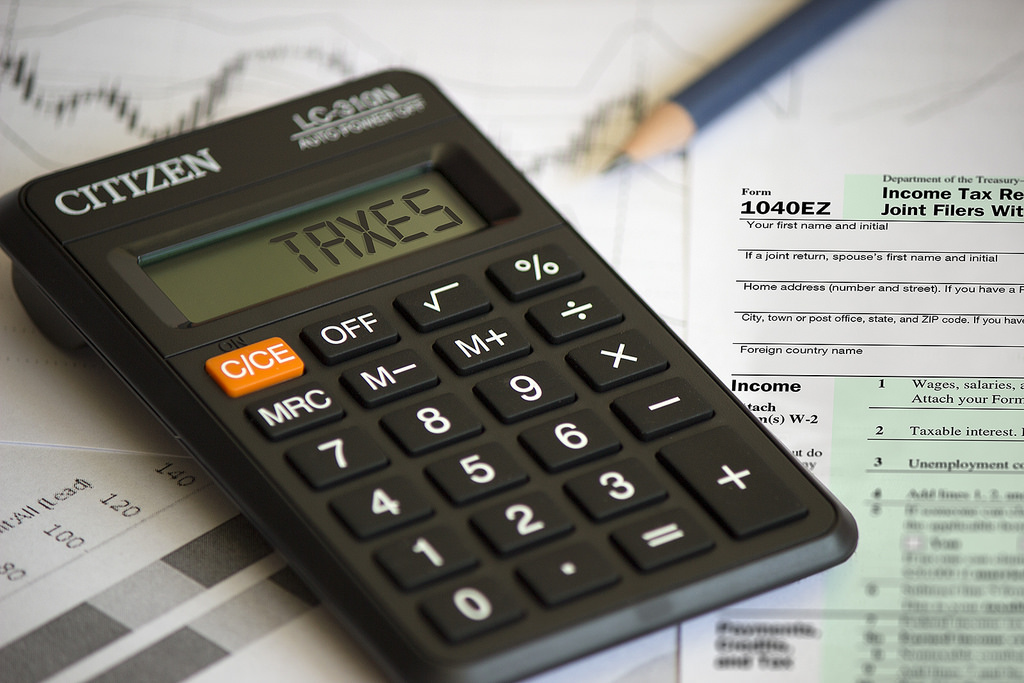[vc_row][vc_column width=”1/4″ offset=”vc_hidden-xs”][vc_widget_sidebar sidebar_id=”sidebar-main”][/vc_column][vc_column width=”3/4″][vc_column_text]
None of us want to increase our tax burden. To successfully navigate life and taxes, we must take a long-term view that addresses relationships, health and physical issues, career, spiritual and financial considerations.
However, we live in a world of snapshots. We look at the past year’s 1040, the most recent brokerage statement and the current weight on the scale and make hasty decisions. The present moment matters, but where we are headed matters more.
This column is the third in a Fiduciary Focus series. Every fiduciary – including you if you are making your own financial decisions – should continually be aware of four key areas: risk and volatility; fees and expenses; taxes both today and tomorrow; and receiving a real return. With the April 18 deadline quickly approaching, taxes are a timely topic.
A few lines on your completed 1040 are critical for you to be aware of: line 7 identifies earned income; your AGI (Adjusted Gross Income) is found at the bottom of page 1; and line 43 tells us how much income is subject to taxation.
A good way to think of your tax return is to imagine a series of steps moving upward. The IRS calls ranges of steps brackets. Assuming you and your spouse filed a joint return, the first $18,650 you make this year will be taxed at 10%. Then you jump up to a 50% jump bracket at 15% on every dollar earned from $18,650 to $75,900. The next step is 25% up to $153,100. Finally, you have the “opportunity” to step all the way up to 39.6%!
During your working years, you accept all your income and merely deal with the taxation. The bracket you are in should help you understand whether you should be using a tax-deferred or Roth type tax treatment to save for retirement. Understanding taxation will be especially critical during the golden years following retirement. While much has changed in the 29 years I’ve worked in the financial industry, one observation has remained constant: No one will separate you from your retirement plans as quickly as the Internal Revenue Service. Regrettably and far too often, retirees don’t have a good handle on their taxes.
Once you retire or reach the age of 59.5, you’ll want to ensure you are maximizing your tax bracket especially if you are in the 10% or 15% brackets. We see many families with very large retirement accounts who fail to recognize taxation at the lower brackets because they don’t think about what will happen to their nest egg when they turn 70.5 and must report RMDs (Required Minimum Distributions) on their tax return.
On many occasions, we see people at a higher tax bracket in their 70s than they were in their 60’s paying the IRS needless sums of taxation. Why? Because they looked at a “snapshot” tax year and ignored the appropriate tax planning strategies when they could make a difference. In life and in taxes, think ahead!
Tax advice provided by CPA’s affiliated with Financial Enhancement Group, LLC.
Disclaimer: Do not construe anything written in this post or this blog in its entirety as a recommendation, research, or an offer to buy or sell any securities. Everything in this post is meant for educational and entertainment purposes only. I or my affiliates may hold positions in securities mentioned in the blog. Please see my Disclosure page for full disclaimer.[/vc_column_text][/vc_column][/vc_row][vc_row][vc_column offset=”vc_hidden-lg vc_hidden-md vc_hidden-sm”][vc_widget_sidebar sidebar_id=”sidebar-main”][/vc_column][/vc_row]


